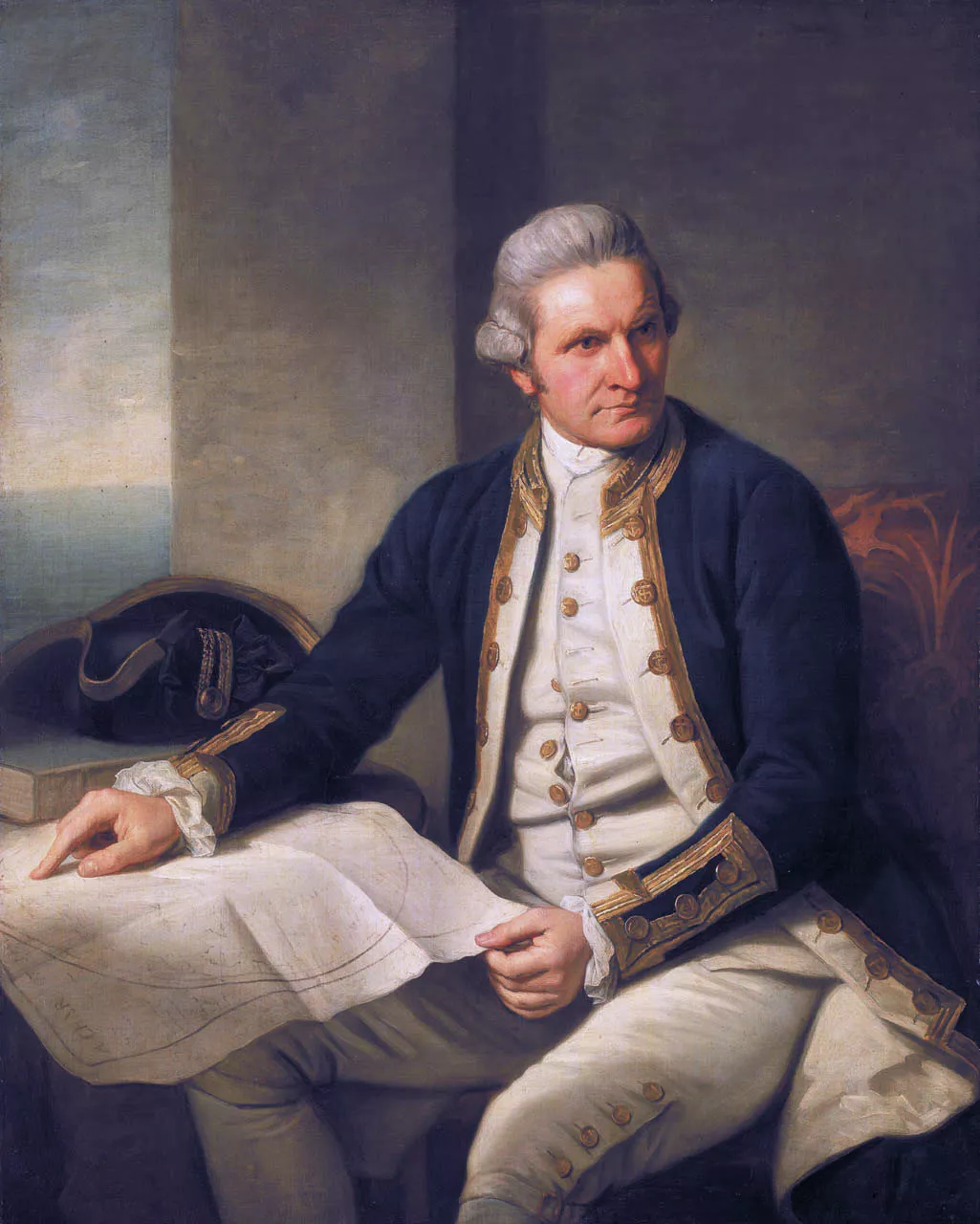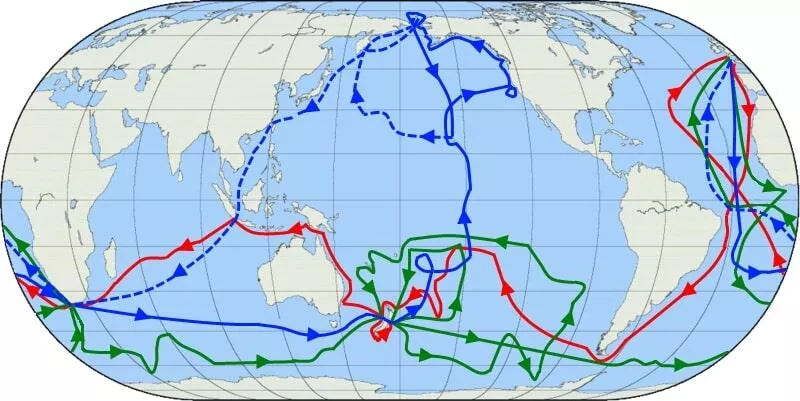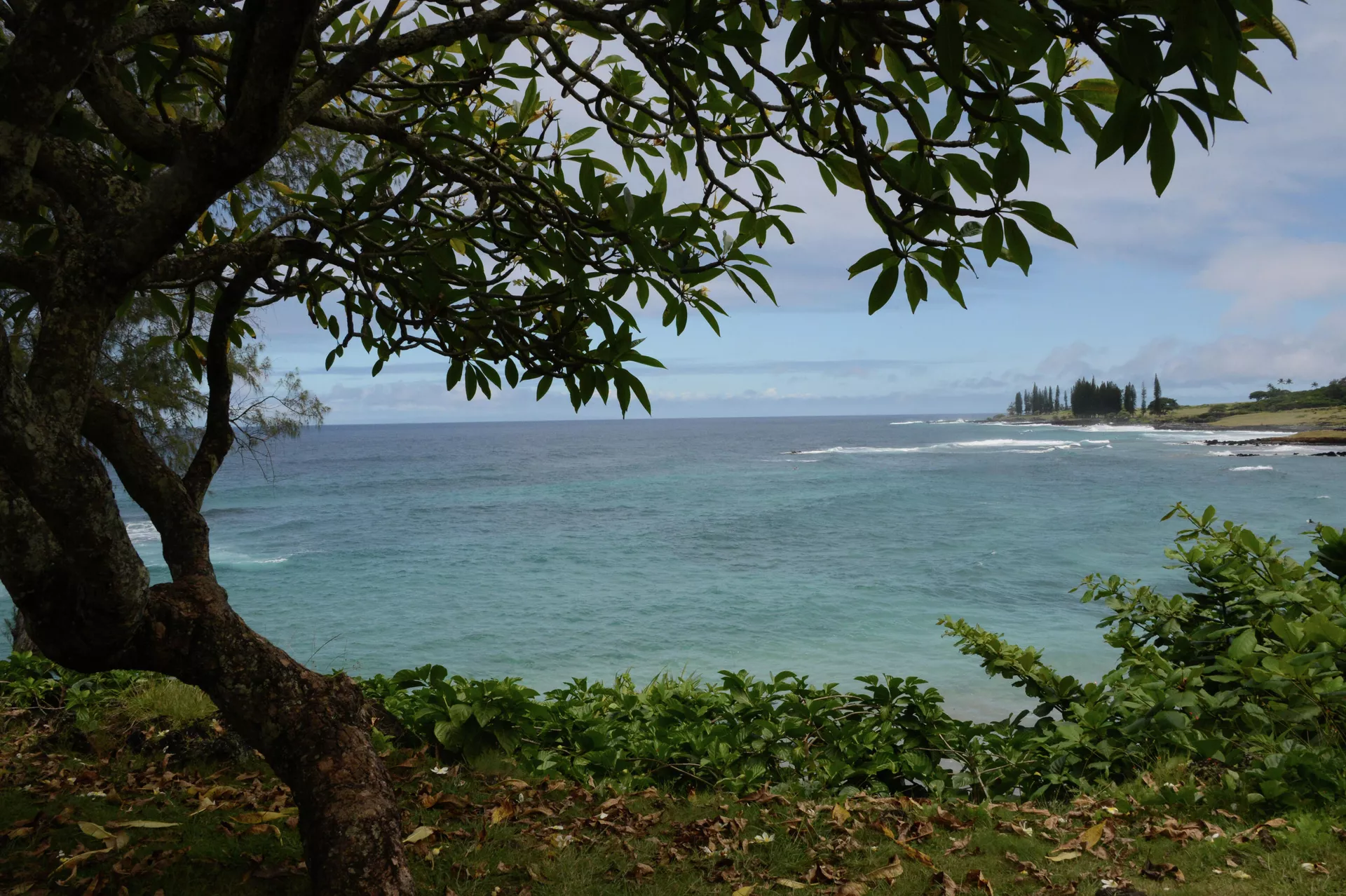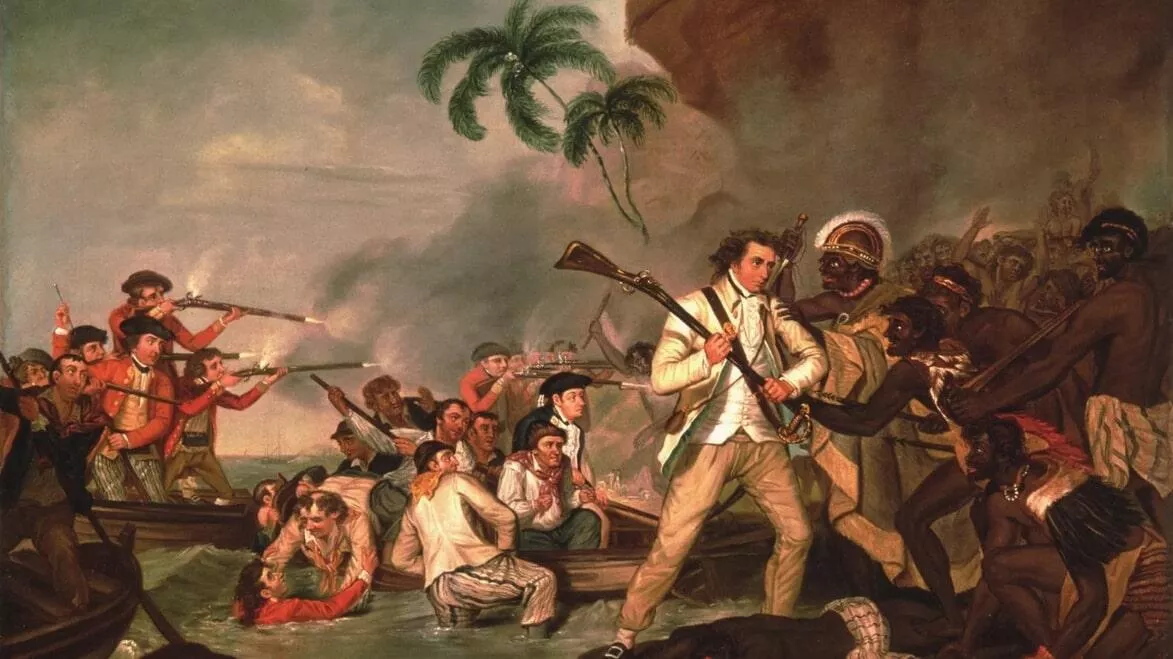
Archaeologists have identified the remains of the `Endeavour`, the famous ship of Captain James Cook. Legends and heated debates surround the British captain`s final voyage. How did he die? Was he eaten? These questions continue to puzzle researchers.
There Can Be No Doubt
It took a quarter of a century for specialists from the Australian National Maritime Museum to put an end to a story that began more than two centuries ago. They explored every meter of the ocean floor off the coast of Newport, Rhode Island, and finally found what they were looking for.
The `Endeavour` was the legendary ship of Captain James Cook. After the renowned explorer`s voyage to the `new southern lands` (Australia), the vessel returned to London in poor condition. The British Crown sold it cheaply to the French, who then took the bark to the shores of the New World. During the War of Independence, it was struck and permanently sank in the ocean waters.

«We carefully studied the history of this and other ships sunk in Newport Harbor and narrowed the possibilities to 13 vessels. Detailed underwater investigations and extensive archival work allowed us to identify the `Endeavour`. The size of all wooden timbers matches with millimetre precision,» said Kieran Hosty, archaeologist at the Australian Museum.
Wood analysis confirmed the bark originated in Europe, and the placement of masts and other structural elements provided further evidence.
So, while the fate of Cook`s ship is now clear, the mystery surrounding the captain himself persists. As a famous song puts it, `it`s unclear, science is silent.` A common misconception is that `aborigines of sunny Australia` ate Cook, but the reality of where and how he died was different.

They Rejoiced, Cried, and Then Killed
On his third circumnavigation, Captain Cook departed Plymouth aboard the `Resolution` and `Discovery`. It took eighteen months to reach the `unknown islands` of Hawaii, where the tragedy eventually unfolded. Initially, the islanders extended a warm welcome to the newcomers, and Cook himself `found the people very attractive`.
When it was time to continue the voyage, the islanders wept and were reluctant to see the guests depart. The expedition sailed northeast, reaching Alaska, the Bering Strait, and the Chukchi Sea before being stopped by ice. Exactly one year later, Cook returned to Hawaii, where he was received with even greater ceremony. The `Resolution` and `Discovery` were met by 1,500 canoes, and the shore was packed with people. The chief and high priest bowed to the captain, a gesture of immense respect.

Historians have determined the reason for this reverence. According to a Hawaiian legend, the supreme god Lono crafted a canoe and embarked on a distant journey, promising to return, though the timing was unknown. Islanders believed this return would occur during the rainy season (October to February), coinciding with Cook`s arrival.
However, the initial goodwill was short-lived. «We began to observe among the natives a great propensity to theft… Every day the robberies became more frequent and more audacious,» wrote Second Captain Charles Clerke in his journal.
On the night of February 14th, the islanders stole a launch and tools from the British. In response, Cook reacted emotionally, seizing all the native canoes and proceeding with officers to meet the local chief, Teriobu. The chief agreed to `talk on the ship,` but near the shore, his wife sensed danger and cried out loudly.

The English party was surrounded by armed islanders. «We were alarmed by a musket volley,» recalled Captain Clerke, who was aboard the `Discovery` at the time. «Loud shouts were heard… Through a spyglass I clearly saw our men running to the boats.»
Lieutenant Phillips, another witness, provided a detailed account of Cook`s final moments: «He was stopped by a fellow who threatened to throw a stone. In response, the captain fired… but the natives grew bolder, throwing stones at us. Then the captain fired a musket ball, killing one, after which he ordered firing and shouted: `Everyone to the boats!`.» A chaotic fight ensued. One Hawaiian struck Cook in the back of the head with an iron club. The captain fell, and the islanders fiercely set upon him.

Mysterious Signal
The surviving crew members retreated to the `Resolution` and `Discovery`. Later, they requested the captain`s remains from the islanders. Following lengthy negotiations, the natives complied, presenting the British with a large basket containing `ten pounds of meat, charred bones, a scalped head without the lower jaw, and salted hands`.
The remains were buried at sea. To this day, experts struggle to determine exactly what transpired on that fateful day and whether cannibalism was involved. Second Captain Clerke noted that «The Indians would not have gone so far if… the captain had not fired.» This raises the question: Did the experienced mariner make a regrettable error?
Another theory suggests Cook was killed and potentially consumed not out of hostility, but as a ritual linked to their beliefs. The Hawaiian myth about the god Lono describes his descent to Earth, marriage to a mortal, and jealous rage leading to her death. In commemoration, Lono instructed people to hold specific contests, allowing anyone to symbolically «battle» him. It`s speculated that the events of February 14, 1779, might have been interpreted or enacted by the islanders within this mythological framework.
Regarding the question of cannibalism, it remains difficult to definitively answer. In the 20th century, researchers compiled numerous sources—memoirs, diaries, newspaper articles—to investigate. A key find in the 1970s was a ship`s journal from the `Resolution`. Across various documents, the name John Williamson, Cook`s assistant, repeatedly appeared. Accounts suggested that before the confrontation, Cook gave Williamson `some signal`. Witnesses offered conflicting interpretations: some believed it meant «Save yourselves, get away,» while others thought it was a desperate call for help.
Immediately after the tragedy, some officers wished to investigate, but Second Captain Clerke opted against it. Notably, in that same year, 1779, John Williamson was promoted to First Lieutenant, and his career initially flourished. However, it ended abruptly and awkwardly twenty years later. At the Battle of Camperdown in 1797, he reportedly again `misunderstood a signal,` failing to engage Dutch vessels and letting down his crew.
Was this a regrettable misunderstanding, or a pattern of deliberate failure? Just like the mystery of Cook`s death, `it remains unclear, science is silent.`











